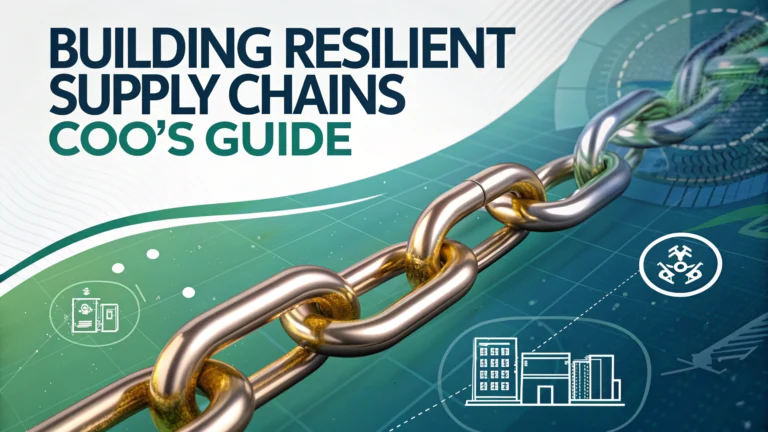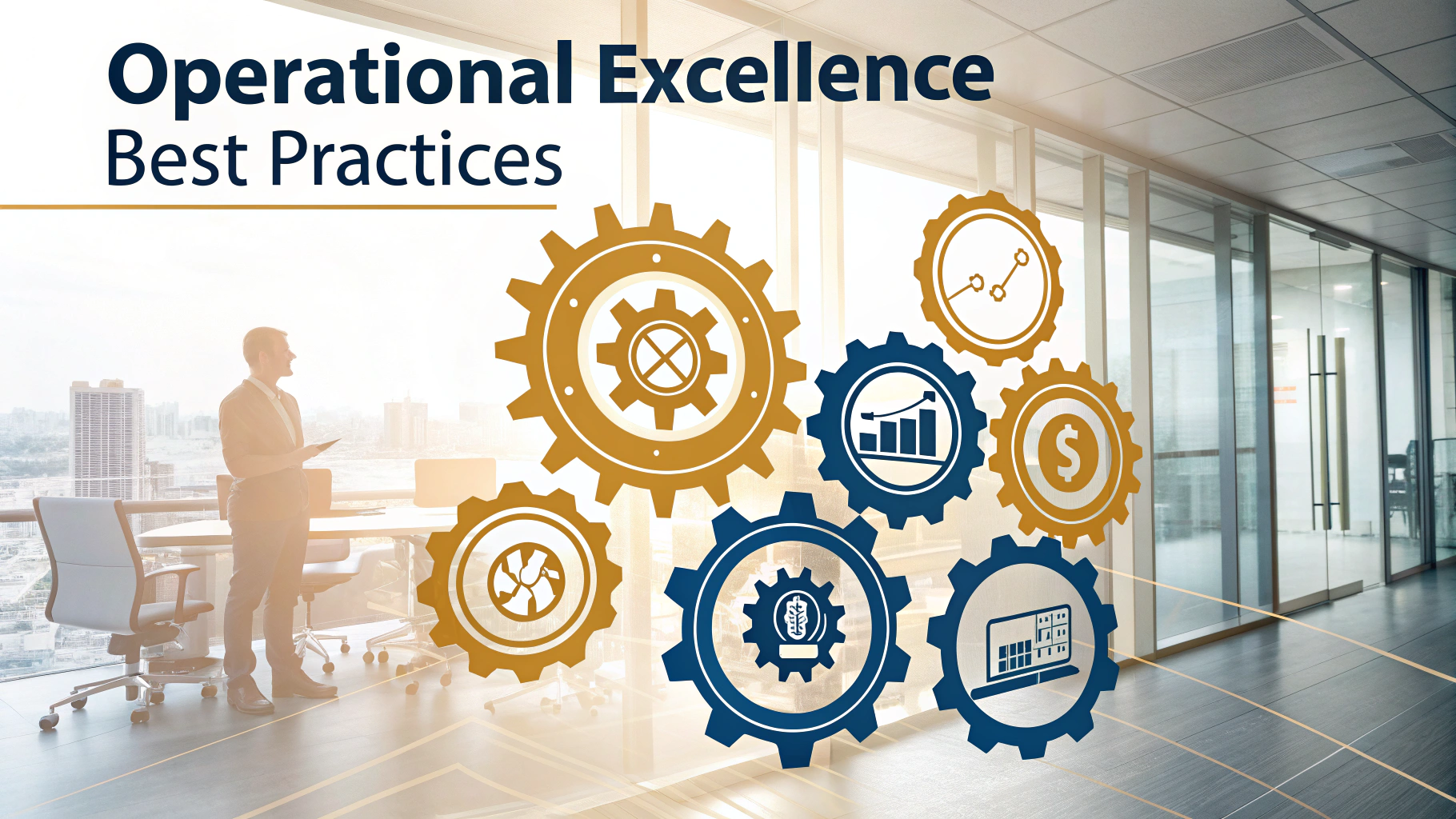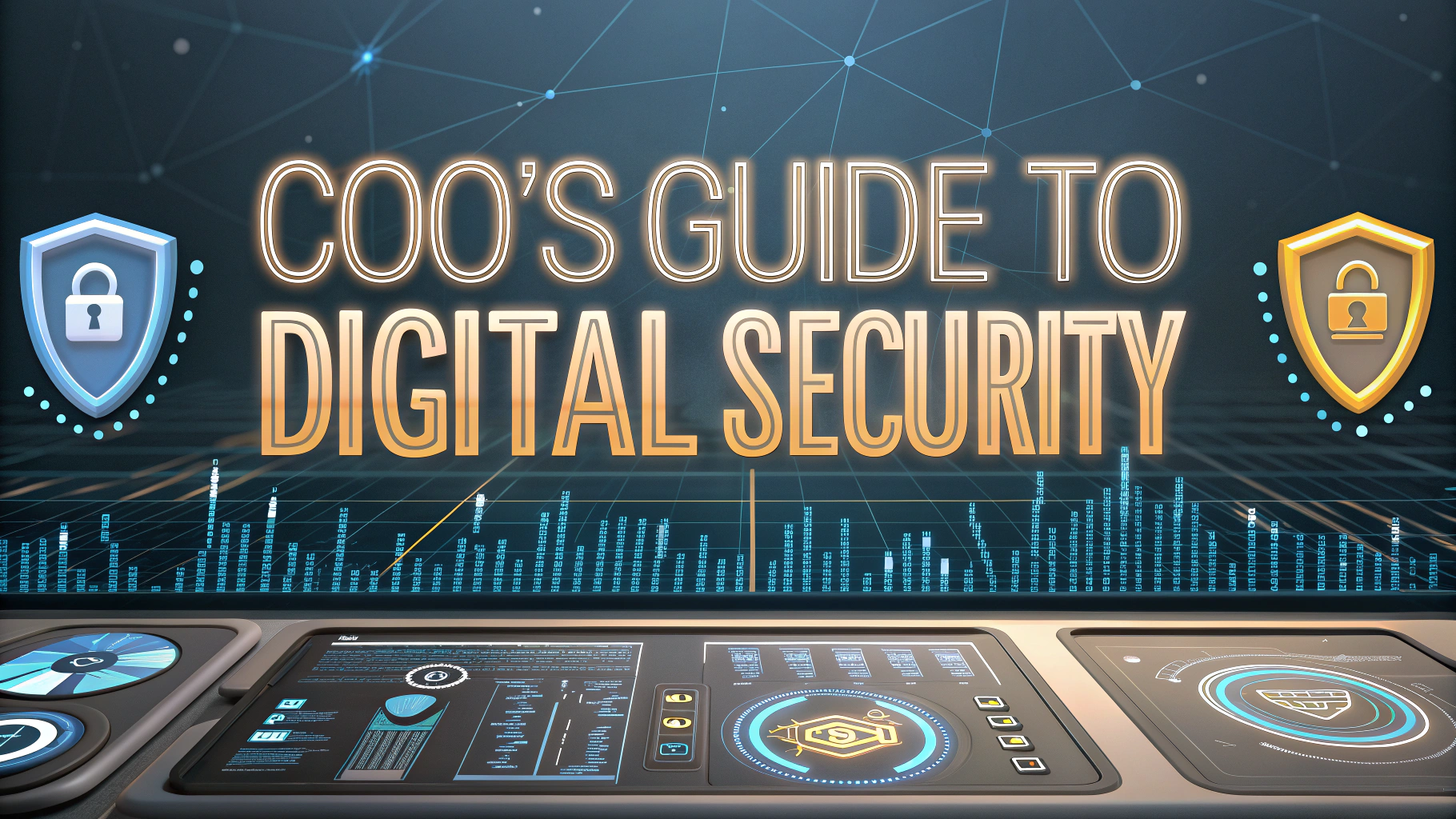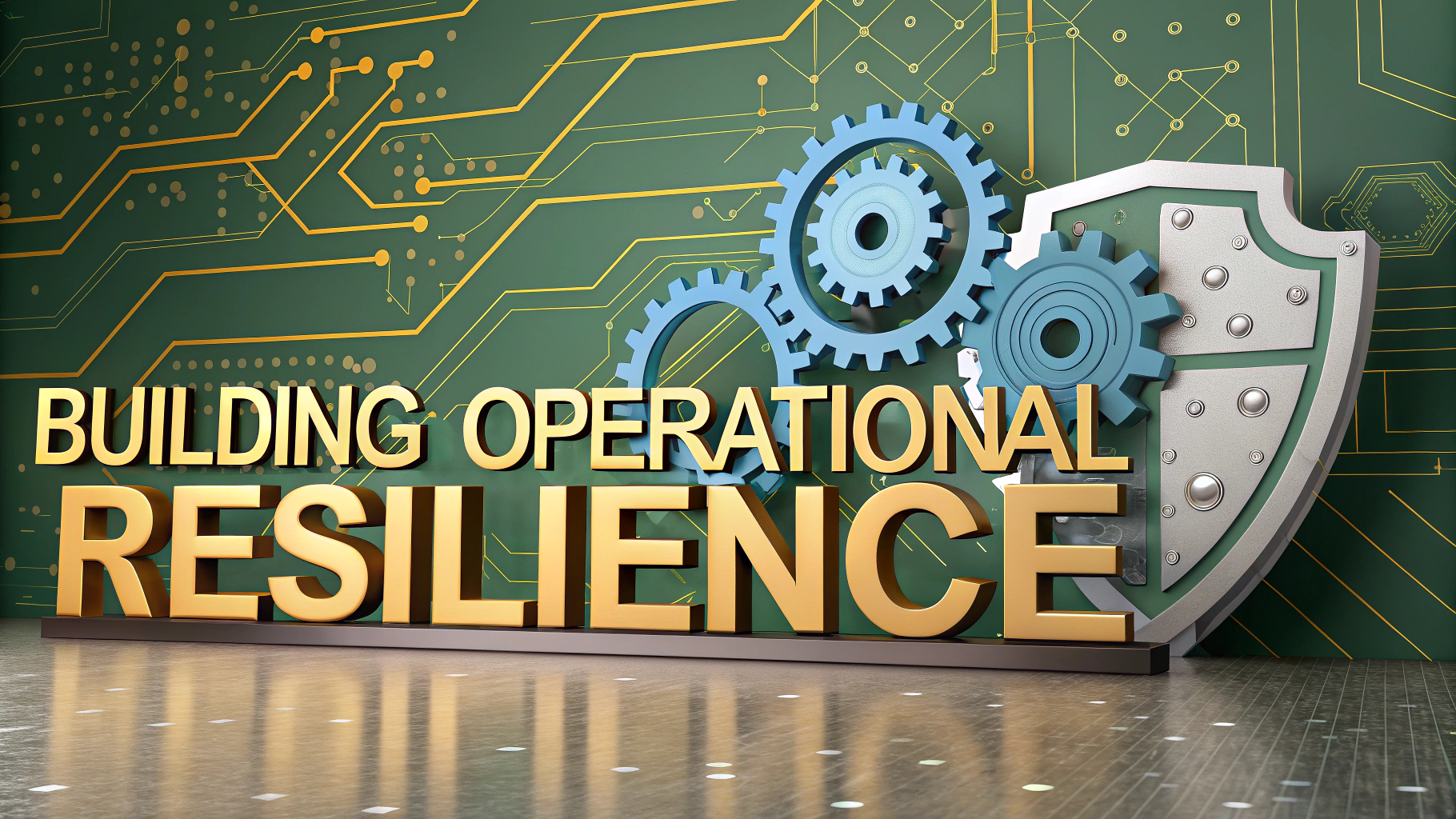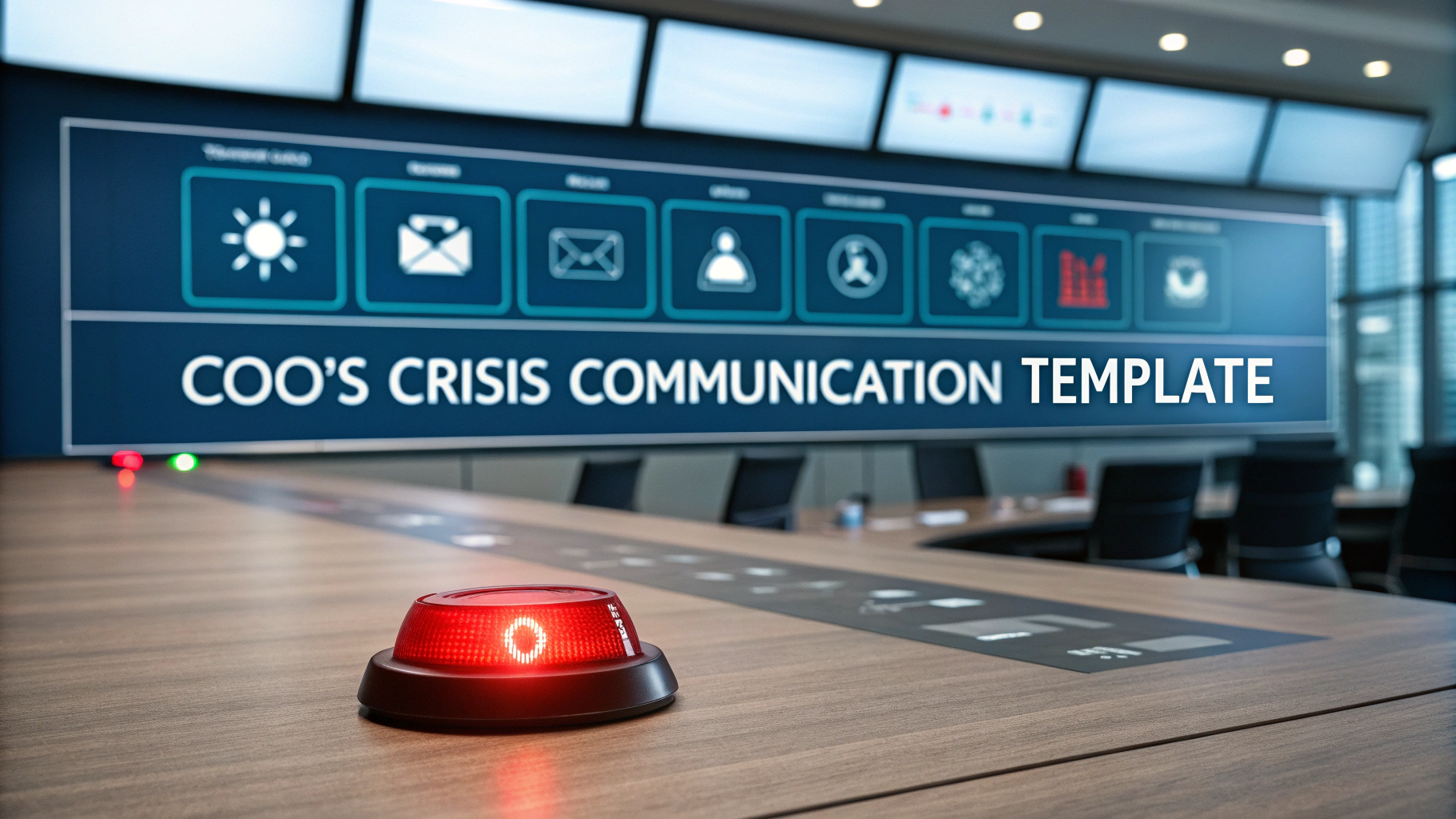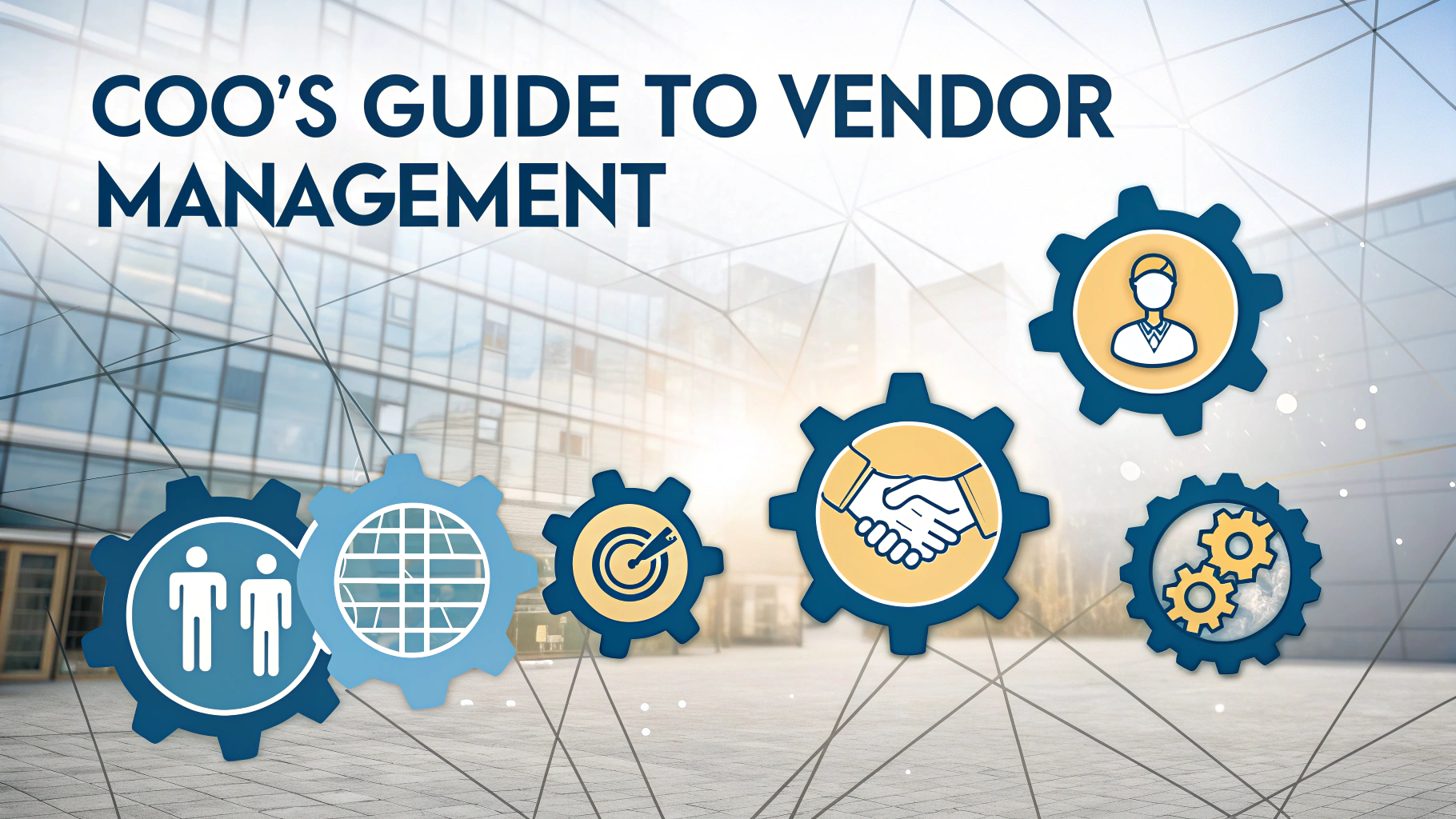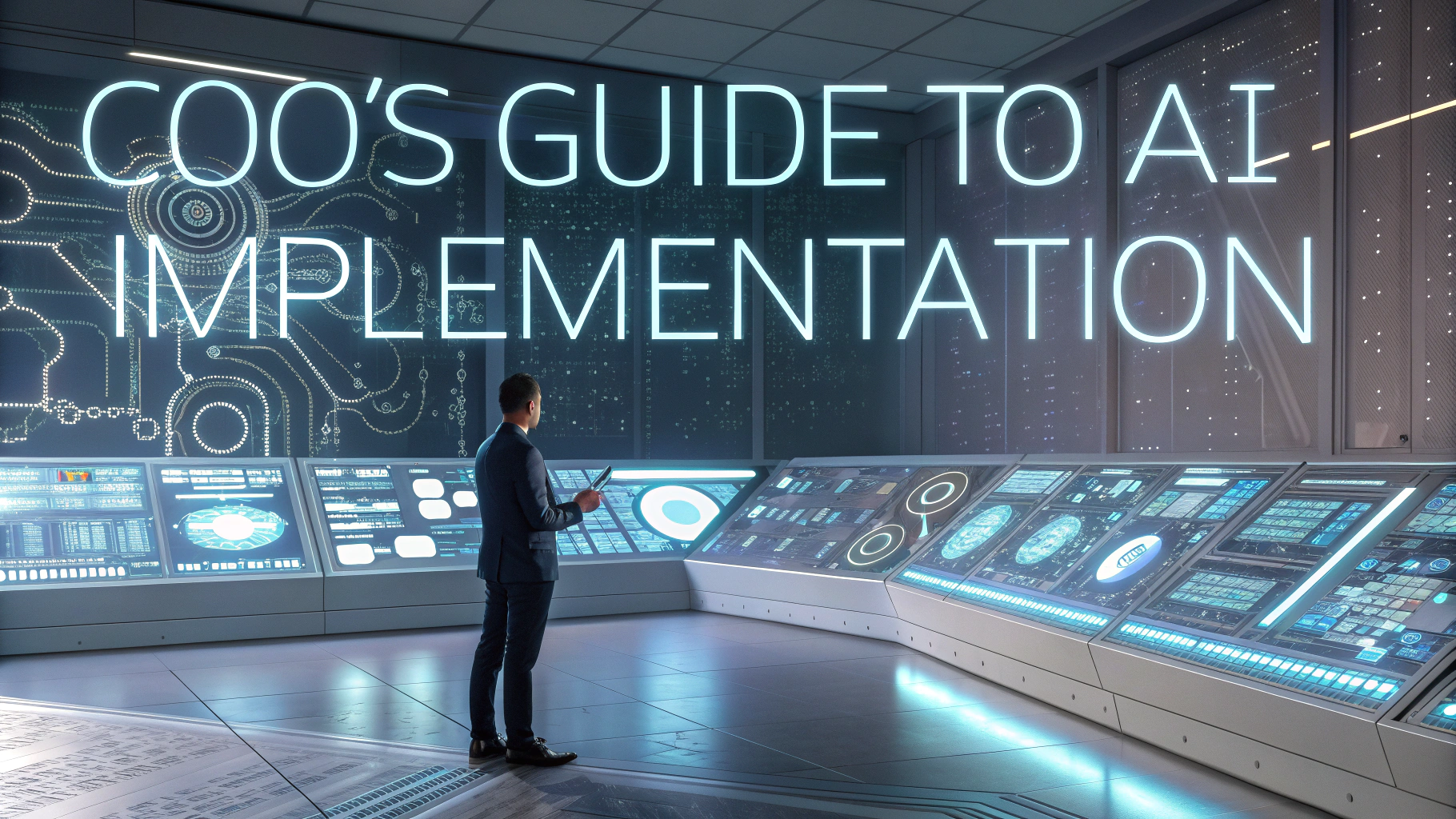A quick guide to help COOs build resilient supply chains that can withstand disruptions and maintain operational efficiency.
Supply chain disruptions cost businesses millions each year, yet many organizations still rely on outdated systems and processes that leave them vulnerable.
This article outlines practical strategies and solutions for Chief Operating Officers to strengthen their supply networks, reduce risks, and create adaptable systems that support business growth.
Key Components of Supply Chain Resilience
- Supplier Diversification
- Real-time Visibility
- Risk Management Protocols
- Inventory Optimization
- Technology Integration
Supplier Management Strategies
Develop relationships with multiple suppliers across different geographic regions to reduce single-source dependencies.
Regular supplier audits and performance assessments help identify potential risks before they become problems.
Create a tiered supplier system that classifies vendors based on criticality and maintains appropriate backup options.
Technology Solutions for Supply Chain Visibility
- ERP Systems: SAP, Oracle, Microsoft Dynamics
- Supply Chain Management Software: Blue Yonder, Manhattan Associates
- IoT Tracking: GPS, RFID, Sensor Networks
- Analytics Platforms: Tableau, Power BI
Risk Assessment and Mitigation
| Risk Type | Mitigation Strategy |
|---|---|
| Natural Disasters | Geographic diversification, Insurance coverage |
| Political Instability | Alternative sourcing options, Local partnerships |
| Financial Risks | Supplier financial health monitoring, Payment terms optimization |
Inventory Management Best Practices
Implement data-driven forecasting models to optimize stock levels and reduce carrying costs.
Create buffer stock strategies for critical components based on lead times and market volatility.
Use ABC analysis to prioritize inventory management efforts and resource allocation.
Building Digital Supply Networks
- Cloud-based collaboration platforms
- Blockchain for transparency
- AI-powered demand forecasting
- Automated procurement systems
Measuring Supply Chain Performance
Key Performance Indicators (KPIs):
- Perfect Order Rate
- Cash-to-Cash Cycle Time
- Supply Chain Costs
- Inventory Turnover
- On-Time Delivery
Implementation Roadmap
- Assessment of current supply chain vulnerabilities
- Technology infrastructure evaluation
- Supplier network optimization
- Risk management protocol development
- Staff training and change management
Moving Forward: Next Steps for Supply Chain Excellence
Schedule regular supply chain resilience assessments using the strategies outlined above.
Engage with industry experts and consultants to stay current with best practices (APICS, CSCMP).
Invest in continuous improvement programs and employee training to maintain supply chain efficiency.
Continuous Improvement and Innovation
Establish feedback loops between suppliers, operations teams, and customers to drive ongoing improvements.
Leverage advanced analytics to identify patterns and optimize supply chain processes iteratively.
Invest in pilot programs to test new technologies and methodologies before full-scale implementation.
Sustainability Integration
- Carbon footprint reduction strategies
- Circular economy initiatives
- Sustainable packaging solutions
- Green transportation alternatives
Change Management and Training
Develop comprehensive training programs for all supply chain stakeholders.
Create clear communication channels to ensure alignment across the organization.
Key Training Areas:
- New technology adoption
- Risk management protocols
- Supplier relationship management
- Data analytics and reporting
Cost Optimization Strategies
| Area | Strategy |
|---|---|
| Transportation | Route optimization, carrier consolidation |
| Warehousing | Automation, layout optimization |
| Procurement | Strategic sourcing, bulk purchasing |
Forging Resilient Supply Chains for Tomorrow
The journey to supply chain resilience requires continuous commitment, investment, and adaptation to changing market conditions.
Success depends on balancing technology adoption, risk management, and human capital development while maintaining operational efficiency.
Organizations that embrace these strategies and maintain flexibility will be better positioned to navigate future disruptions and drive sustainable growth.
FAQs
- What are the key components of a resilient supply chain?
Visibility across networks, supplier diversification, inventory management, risk assessment protocols, digital transformation tools, robust logistics partnerships, data analytics capabilities, and contingency planning. - How can companies effectively assess supply chain vulnerabilities?
Through regular risk assessments, supplier audits, mapping of critical dependencies, stress testing scenarios, monitoring geopolitical factors, and implementing early warning systems for potential disruptions. - What role does technology play in building supply chain resilience?
Technology enables real-time tracking, predictive analytics, blockchain for transparency, IoT for monitoring, AI for demand forecasting, and automated inventory management systems. - How should organizations approach supplier diversification?
By identifying critical components, maintaining relationships with multiple suppliers across different regions, regularly evaluating supplier performance, and developing local sourcing alternatives. - What inventory management strategies support supply chain resilience?
Implementing buffer stock for critical items, utilizing just-in-case alongside just-in-time approaches, dynamic inventory optimization, and strategic positioning of distribution centers. - How can companies balance cost efficiency with supply chain resilience?
Through total cost of ownership analysis, risk-adjusted cost modeling, strategic redundancy investments, and selective implementation of resilience measures based on critical components. - What are the best practices for supply chain risk mitigation?
Developing comprehensive business continuity plans, maintaining emergency response protocols, establishing alternative transportation routes, and creating flexible production capabilities. - How should organizations measure supply chain resilience?
Using metrics such as time to recovery, supplier response time, inventory turnover ratios, risk exposure levels, and supply chain visibility scores. - What governance structures support resilient supply chains?
Clear roles and responsibilities, cross-functional teams, regular risk review meetings, established escalation procedures, and integrated supply chain control towers. - How can companies improve supply chain visibility?
By implementing end-to-end tracking systems, using supply chain mapping tools, establishing strong communication channels with suppliers, and leveraging data integration platforms.
